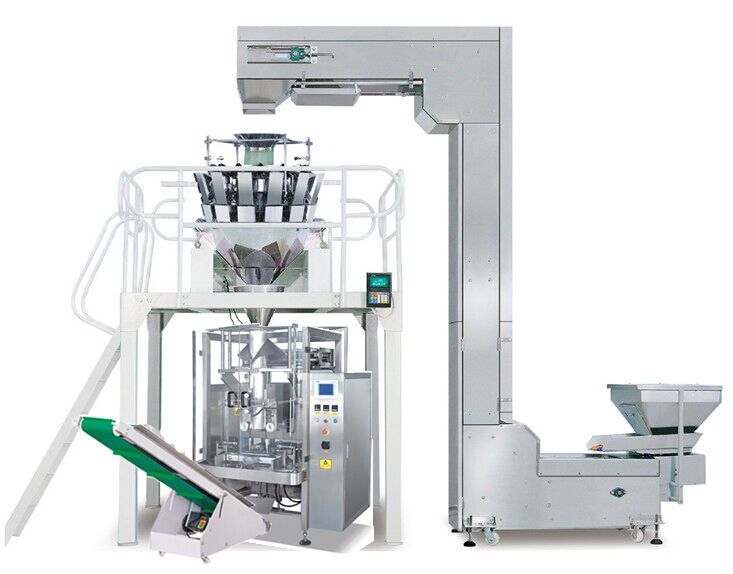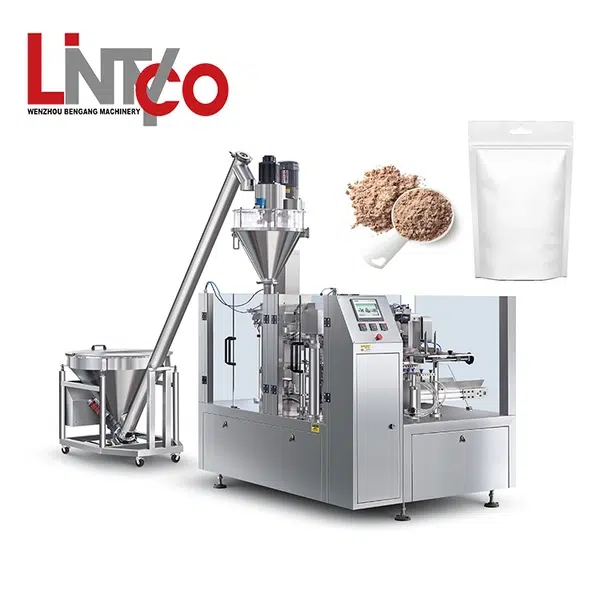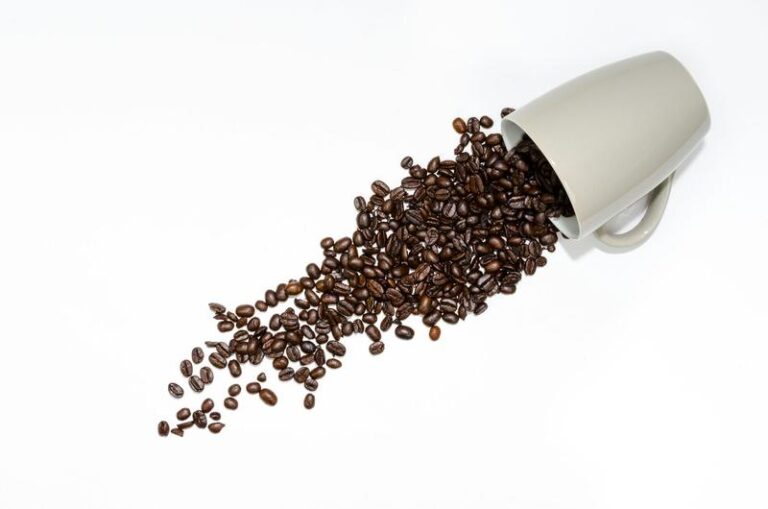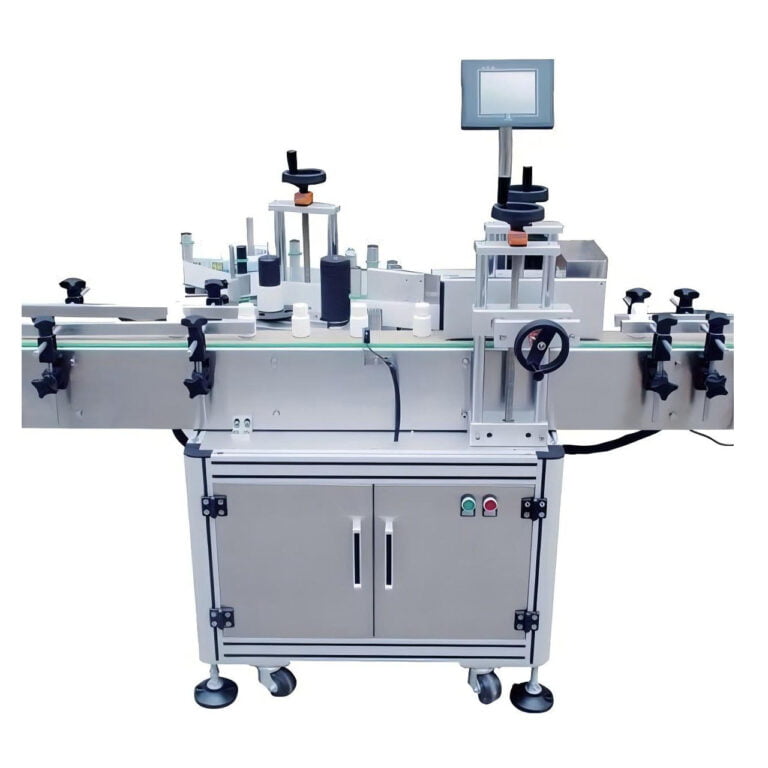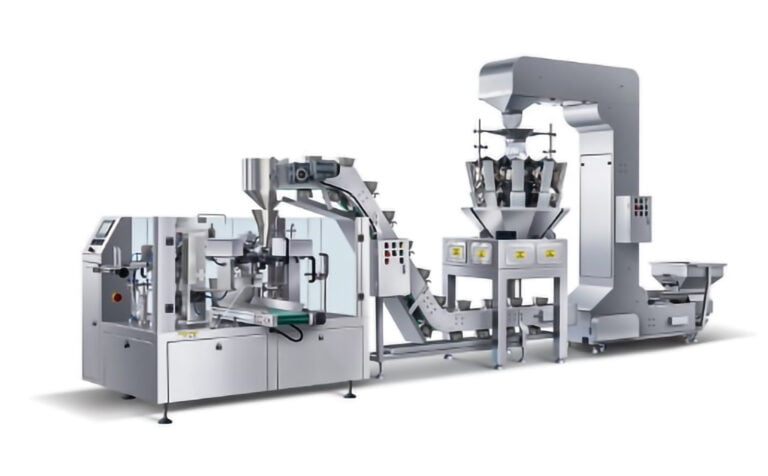Introduction
In today’s fast-paced manufacturing environment, precision and efficiency are key to staying competitive. The automatic weighing and filling system has become an essential tool for industries ranging from food and beverage to pharmaceuticals and chemicals. But what exactly are these systems, and how can they benefit your business? This article delves deep into the world of automatic weighing and filling systems, types of automatic filling machines, answering the most frequently asked questions and offering valuable insights to help you make informed decisions.
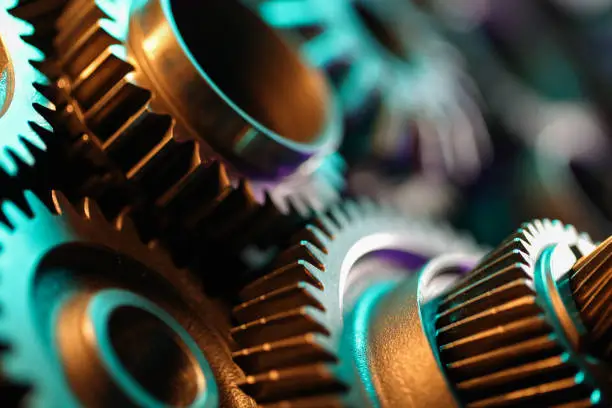
Working Principle
Automatic weighing and filling systems are designed to accurately dispense and fill a variety of products into containers such as bags, boxes, and jars. The systems operate primarily through a combination of several key components:
- Storage Hopper: Holds the bulk material before it is dispensed.
- Feeding Mechanism: Controls the flow of material from the storage hopper to the weighing unit. This can involve gravity feeding or vibratory feeders.
- Weighing Sensor: Measures the weight of the material being dispensed in real-time, ensuring accuracy.
- Discharge Mechanism: Releases the weighed product into the packaging container once the desired weight is achieved.
- Control System: Typically a microcontroller or PLC (Programmable Logic Controller), this system manages the operations of the weighing and filling process, adjusting the feed rate based on the weight measured and ensuring that the system operates smoothly.
- Packaging Mechanism: This may include various components such as bagging machines, conveyors, or sealing units that handle the filled containers and prepare them for shipping or storage.
The process typically involves a two-stage feeding approach: a rapid initial feed to get close to the target weight, followed by a slower, more precise feed to reach the exact weight. This method enhances accuracy and reduces waste by allowing for adjustments based on feedback from the weighing sensor
Types of Automatic Weighing and Filling Systems
Net Weigh Filling Machines
These machines fill containers based on the net weight of the product, ensuring that each package contains the exact amount specified.
These systems use multiple weighing heads to increase speed and accuracy, making them ideal for high-volume applications.
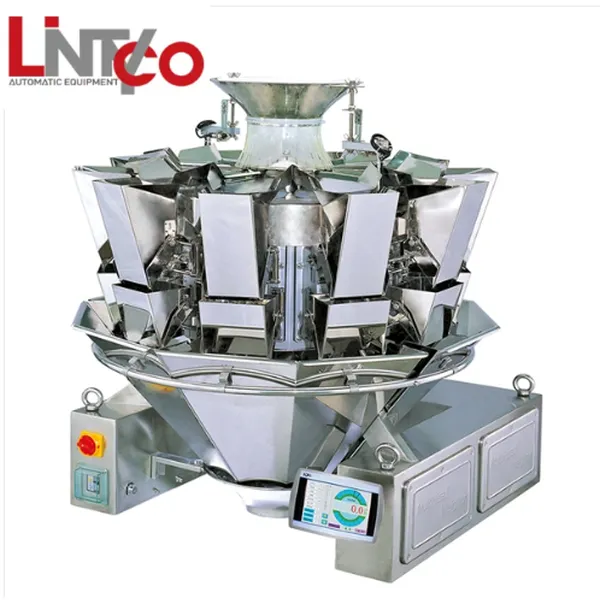
Specifically designed for liquids, these machines can handle various viscosities and ensure consistent fill levels.
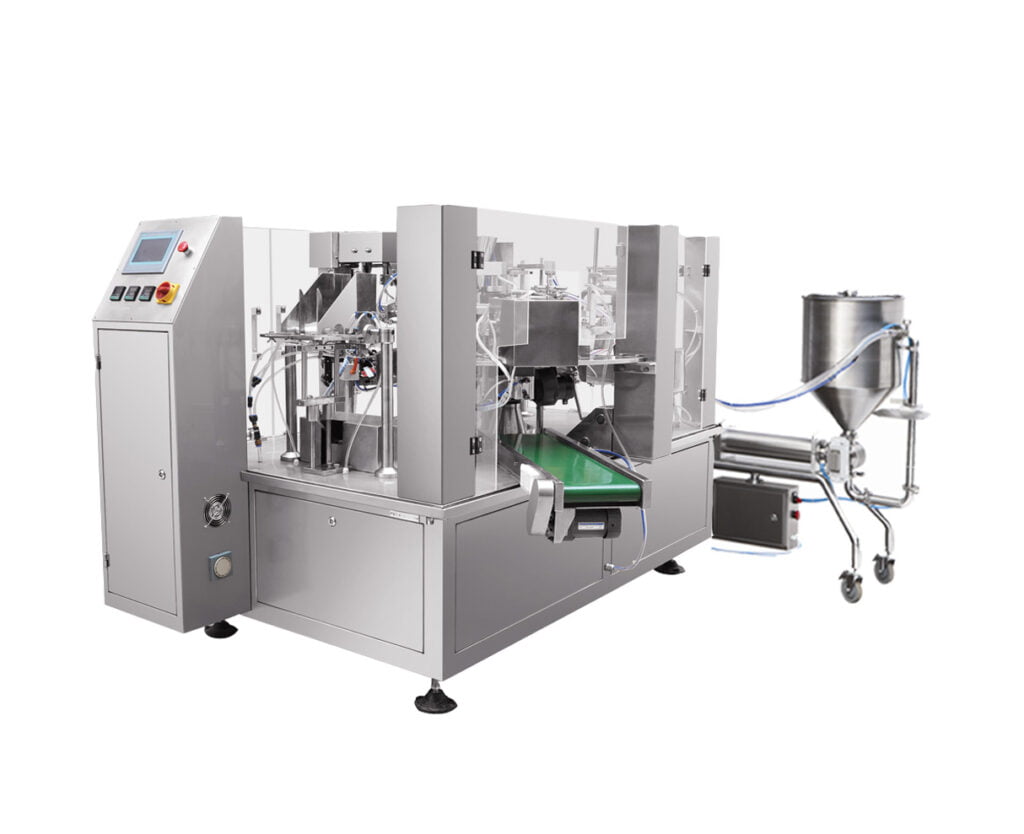
Granule and Powder Filling Machines
Tailored for solid products, these machines are equipped to handle free-flowing and non-free-flowing materials.
Bulk Filling Machines
Designed for large volumes, these machines can fill bulk containers such as drums or totes. They are often used in industries like chemicals and agriculture for products that need to be filled in larger quantities.
Conveyorized Weigh Filling Machines
These systems are specifically designed to handle sticky or difficult-to-manage products, using conveyor belts to transfer items into the weigh bucket. They are commonly used for fresh produce, meats, and cheeses.
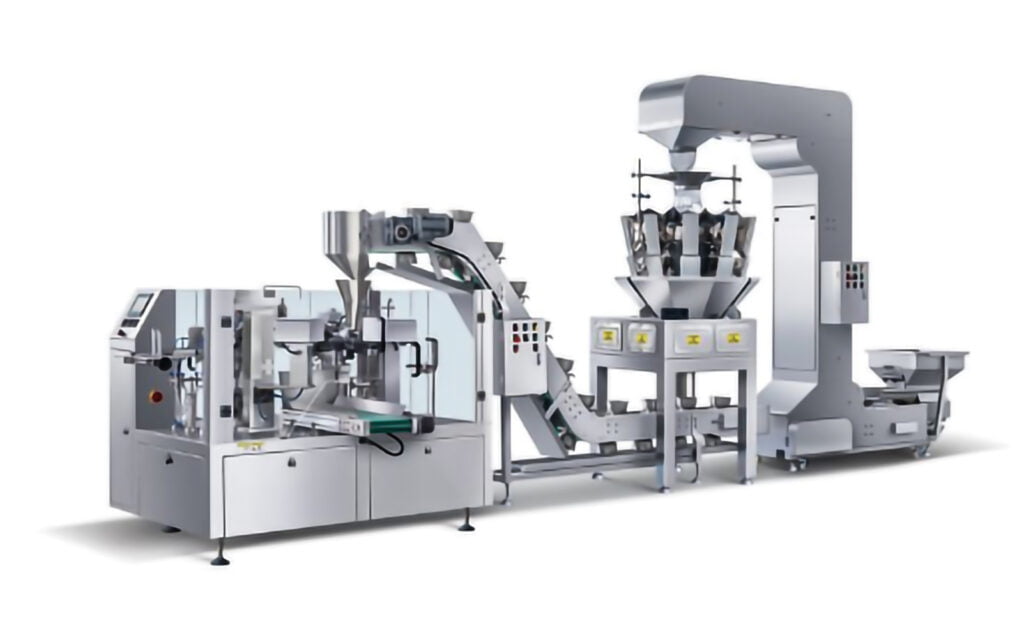
Aseptic Filling Machines
These machines are used for filling products that require a sterile environment, such as milk and yogurt. They incorporate advanced technology to maintain product integrity and extend shelf life.
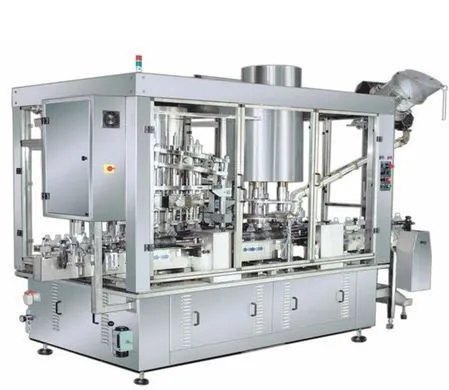
Semi-automatic and Manual Filling Machines
While not fully automatic, these machines require some level of human intervention. They are suitable for low-volume production and can be more cost-effective for smaller operations.
Each type of weight-filling machine is engineered to meet specific industry standards and product requirements, ensuring precision and efficiency in the packaging process.
Advantages of Implementing an Automatic Weighing and Filling System

Precision: Automatic systems provide high accuracy in filling, which is critical for compliance with regulations and customer satisfaction.
Efficiency: These machines can significantly speed up the packaging process, often filling multiple containers simultaneously.
Consistency: Automation reduces human error, ensuring that each package is filled uniformly.
Versatility feeding system: Many systems can be easily adjusted to accommodate different products and container types, making them suitable for various applications.
Ease of Use: Modern systems often include user-friendly interfaces for quick setup and operation, allowing for efficient management of production lines
Frequently Asked Questions About Automatic Weighing and Filling Systems
1. Why Is Precision Important in Weighing and Filling?
Precision is critical because it directly impacts product quality and cost. Overfilling leads to product waste, while underfilling can result in non-compliance with regulations and customer dissatisfaction. An automatic system ensures each package meets exact weight requirements, reducing variability and enhancing consistency.
2. What Industries Benefit the Most from Automatic Weighing and Filling Systems?
Industries that handle large volumes of products with strict weight requirements benefit the most. These include:
- Food and Beverage: Ensures accurate portion sizes, reducing waste and maintaining consistency in product offerings.
- Pharmaceuticals: Critical for dosing accuracy and regulatory compliance.
- Chemicals: Provides precise measurements, essential for safety and product effectiveness.
3. How Do Automatic Weighing and Filling Systems Reduce Costs?
By automating the weighing and filling process, businesses can cut down on labor costs, minimize waste, and increase throughput. These systems are designed for high efficiency, meaning they can operate continuously with minimal human intervention, leading to significant cost savings over time.
4. Are These Automatic Systems Customizable?
Yes, automatic weighing & filling systems can be tailored to meet specific industry needs. Customizations can include different weighing ranges, filling speeds, container types, and integration with existing production lines. This flexibility ensures the system fits seamlessly into your operations.
5. What Are the Maintenance Requirements?
Regular maintenance is essential to keep the system running smoothly. This includes calibration of the weighing unit, cleaning of the filling unit, and routine checks of the control system. Most manufacturers provide maintenance guidelines and offer service contracts to ensure long-term reliability.
6. How Do These Systems Improve Product Quality?
Consistency is key to product quality, and automatic weighing and filling machines deliver just that. By eliminating human error and ensuring precise measurements, these systems help maintain uniformity across all products, enhancing overall quality.
7. What Is the ROI on Investing in an Automatic Weighing and Filling System?
The return on investment (ROI) can be significant, especially for high-volume operations. Savings on labor, reduced product waste, and increased efficiency can lead to a quick payback period. Additionally, the improvement in product quality and consistency can result in increased customer satisfaction and loyalty.Get the Packaging Machine ROI Calculator here.
Conclusion
Investing in an automatic weighing and filling line is a strategic move for businesses looking to enhance efficiency, reduce costs, and improve product quality. These systems offer unparalleled precision, customization, and reliability, making them a valuable asset in any production line. As industries continue to evolve, staying ahead of the curve with advanced automation technology will be key to maintaining a competitive edge.
If you are unsure which machine would be a good fit for your company, contact Lintyco Pack.
At Lintyco Pack, we can help you find the perfect machine for your needs. We have a wide selection of machines and knowledgeable staff who can answer any questions you may have about selecting the right packaging machine for your business.

